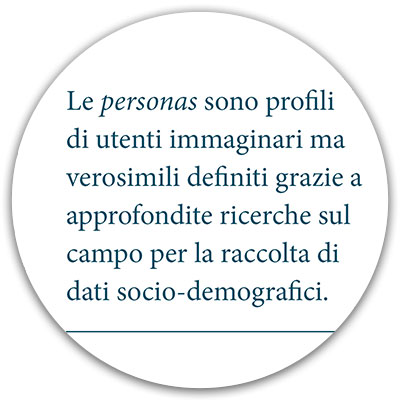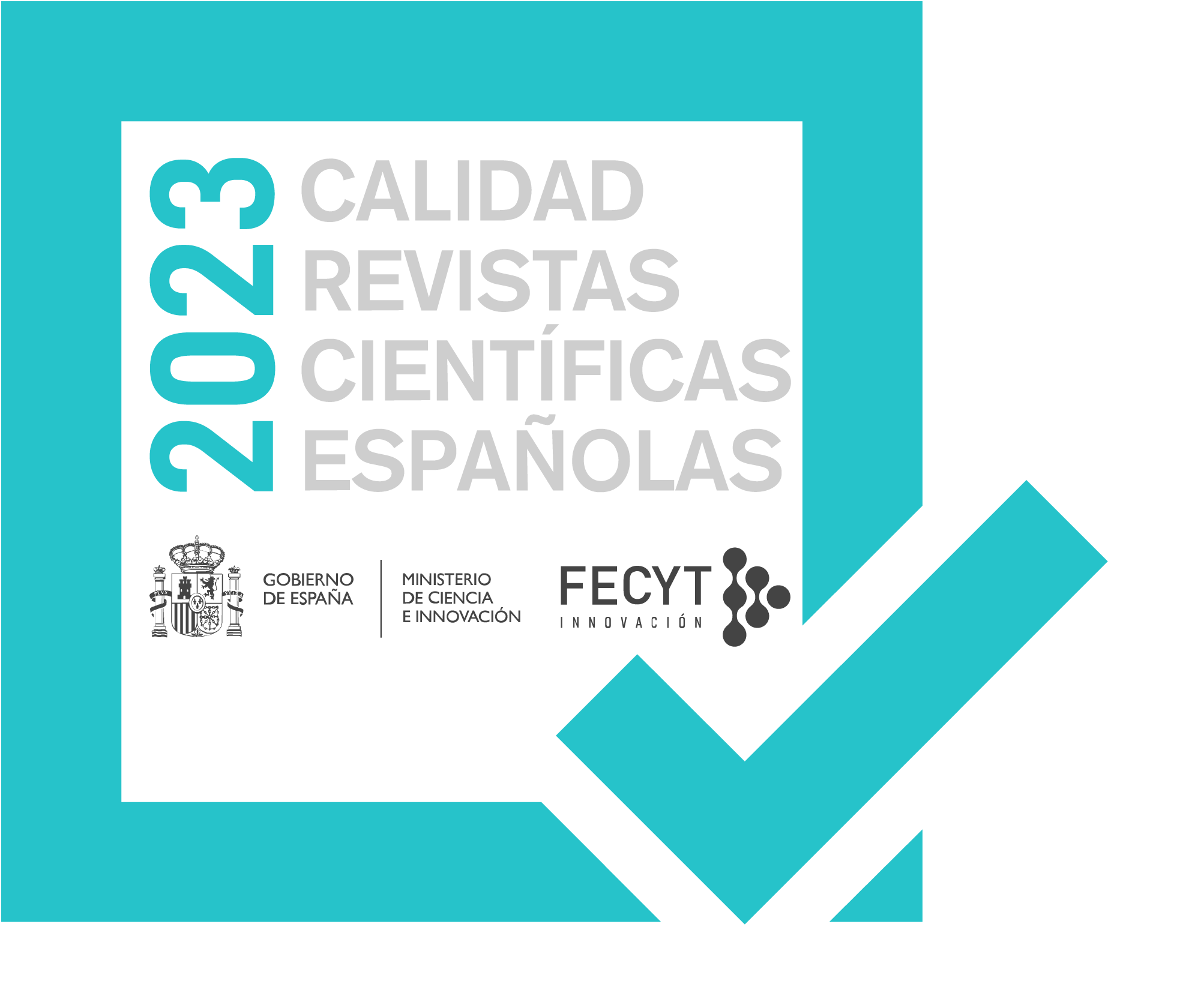Equivalent experience
DOI:
https://doi.org/10.24310/idiseo.18.2023.16442Keywords:
UX/UI design, accessibility, coding, frontend development, typography, web standardsAbstract
I87 million European citizens have some form of disability. In an ideal world, every product should be accessible to everyone through an inclusive design process that ensures an equivalent experience for all. Designing web and mobile applications with accessibility as a priority means designing interaction systems that are "interoperable", i.e. always reliable in different contexts of use and in the presence of different methods of navigation, data entry and exchange. For this reason, the UX/UI designer must acquire specific skills in the field of web standards and thus learn the basics of HTML semantics, essential for the design of accessible web components. So don't stop at the surface, but go deeper to meet everyone's needs. The article aims to address the issue of accessibility in the design of mobile applications and websites according to current Web Standards, through the analysis of case studies and best practices, in order to delineate the role of the designer within the whole development process in relation to the other figures involved.
Downloads
Metrics
References
Consiglio dell’Unione Europea (2022, Luglio). Disabilità nell’UE: fatti e cifre. https://www.consilium.europa.eu/it/infographics/disability-eu-facts-figures/
WebAim, (2022). The WebAIM Million - The 2022 report on the accessibility of the top 1,000,000 home pages. https://webaim.org/projects/million/
Matuzovi? M. (2022). Lost in translation. https://www.youtube.com/watch?v=Wno1IhEBTxc
Houle C., Eren I. (2022). How Our Organization Improved Web Accessibility (Case Study). Smashing Magazine. https://www.smashingmagazine.com/2022/08/organization-improved-web-accessibility-case-study/
Boxhall A., Dodson R., Gash D., Keaney M. (2020). Web Fundamentals - Accessibility. https://developers.google.com/web/fundamentals/accessibility
Pickering H. (2020). Inclusive Design Patterns, Smashing Magazine GmbH
Chromium Blog, (2020). Introducing Web Vitals: essential metrics for a healthy site. https://blog.chromium.org/2020/05/introducing-web-vitals-essential-metrics.html
Subramanian S. (2020). Valutare l’esperienza sulle pagine per migliorare il Web. https://developers.google.com/search/blog/2020/05/evaluating-page-experience?hl=it
Gov.uk (2019). Make your website or app accessible and publish an accessibility statement. https://www.gov.uk/guidance/make-your-website-or-app-accessible-and-publish-an-accessibility-statement
Gov.uk. Accessibility. https://design-system.service.gov.uk/accessibility/
Eur Lex (2019). Direttiva (UE) 2019/882 del Parlamento Europeo e del Consiglio. https://eur-lex.europa.eu/legal-content/EN/TXT/?uri=CELEX%3A32019L0882
Henke A. (2019) Using persona profiles to test accessibility. Gov.uk. https://accessibility.blog.gov.uk/2019/02/11/using-persona-profiles-to-test-accessibility/
W3.org (2018). Web Content Accessibility Guidelines (WCAG) 2.1 - W3C Recommendation. https://www.w3.org/TR/WCAG21/
Swan H., Pouncey I., Pickering H., Watson L. (2017). Inclusive Design Principles. https://inclusivedesignprinciples.org/
Reichenstein, O. (2006). Web Design is 95% typography. https://ia.net/topics/the-web-is-all-about-typography-period
Vox Media. Accessibility Guidelines. https://accessibility.voxmedia.com/
Mdn Web Docs. CSS Container Queries. https://developer.mozilla.org/en-US/docs/Web/CSS/CSS_Container_Queries

Downloads
Published
How to Cite
Issue
Section
License
Copyright (c) 2023 Marcello Costa

This work is licensed under a Creative Commons Attribution-NonCommercial-NoDerivatives 4.0 International License.
Aquellos autores/as que tengan publicaciones con esta revista, aceptan los términos siguientes:- Los autores/as conservarán sus derechos de autor y garantizarán a la revista el derecho de primera publicación de su obra, el cuál estará simultáneamente sujeto a la Licencia de reconocimiento de Creative Commons que permite a terceros compartir la obra siempre que se indique su autor y su primera publicación esta revista.
- Los autores/as podrán adoptar otros acuerdos de licencia no exclusiva de distribución de la versión de la obra publicada (p. ej.: depositarla en un archivo telemático institucional o publicarla en un volumen monográfico) siempre que se indique la publicación inicial en esta revista.
- Se permite y recomienda a los autores/as difundir su obra a través de Internet (p. ej.: en archivos telemáticos institucionales o en su página web) antes y durante el proceso de envío, lo cual puede producir intercambios interesantes y aumentar las citas de la obra publicada. (Véase El efecto del acceso abierto).






14.png)



